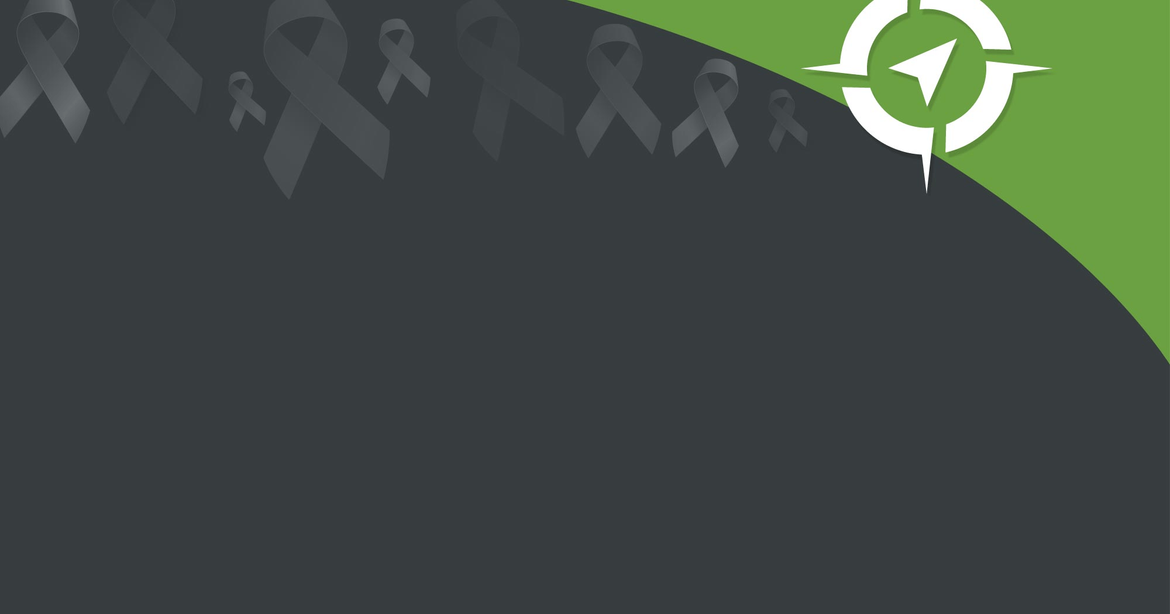Study identifies factors linked to financial hardship among cancer survivors
A cross-sectional study yielded new insights into the extent of financial hardship among cancer survivors, as well as which individuals may be at greatest risk.
Researchers evaluated data from HINTS-SEER, a pilot study that surveyed cancer survivors in 2021.

Patient-reported experience of cancer-related financial hardship served as the primary outcome, and the CDC Social Vulnerability Index served as the primary exposure. Investigators analyzed findings by age, sex, educational level, income, insurance status and SEER cancer stage.
The analysis included responses from 1,212 people.
More than half (56.4%) stated they had experienced no financial hardship, whereas 22.1% had experienced “a little,” 15% had experienced “some” and 6.5% experienced “a lot.”
Results showed a disproportionate burden among younger survivors (age 50 to 59 years, adjusted OR = 3.66; 95% CI, 2.37-5.67), those with Medicare or Medicaid insurance (adjusted OR = 1.43; 95% CI, 1.02-2), those with higher Social Vulnerability Index scores (adjusted OR = 1.8; 95% CI, 1-3.21), those with advanced cancer stage (adjusted OR for nonlocal disease = 1.92; 95% CI, 1.47-2.51) and those with lower income (adjusted OR for those earning $35,000 to $74,999 annually = 3.55; 95% CI, 1.94-6.48).
“This research adds to the body of literature demonstrating the risk factors for and prevalence of financial hardship for patients with cancer,” Apoorv Dhir, MD, chief resident at University of Michigan, told Healio. “We hope that this work helps guide interventions to decrease the financial hardship for all [people with cancer], especially those most vulnerable.”
Healio spoke with Dhir and study co-author Rishi Robert Sekar, MD, MS, a urologic oncology fellow at University of Michigan, about the motivation for the study, the key findings, potential explanations for the results and their implications.
Healio: What is currently known about the economic hardships cancer survivors face?
Dhir: The direct and indirect costs of cancer care are significant, and they are increasing. We know patients with a greater financial burden associated with their cancer care are more likely to experience early mortality and significantly worse quality of life in many different domains. Although there are ongoing efforts to alleviate the financial hardship of patients, there remains room for improvement as patients continue to experience financial hardship at significant levels.
Healio: What motivated you to conduct this study?
Dhir: Our group’s recent work with community-level disparities demonstrated that community measures of social determinants of health are significantly associated with various relevant outcomes in cancer care. As such, we hypothesized that community-level social determinants of health would be independently associated with the financial hardship patients experience with their cancer care.
Sekar: Importantly, we wanted to study patient-reported financial hardship rather than objective measures such as debt, income and direct costs, acknowledging that the experience of financial hardship is complex and multifactorial.
Healio: Can you summarize the key findings?
Dhir: Almost 50% of cancer survivors experience some level of financial hardship associated with their cancer diagnosis. People with cancer who were younger, Medicaid or Medicare beneficiaries, had lower income, or had more advanced disease were more likely to report increasing levels of financial hardship. Additionally, those who lived in more socially vulnerable communities were more likely to report high levels of financial hardship, independent of commonly used socioeconomic measures such as income, education and insurance.
Healio: Are there potential explanations for these associations?
Dhir: Cancer care in the United States is complex and expensive. It follows that patients with lower incomes are more susceptible to financial hardships from their care. Younger patients may have fewer savings or may have not been planning for health care expenditures earlier in life. Patients with federal insurance may experience higher co-pays and out-of-pocket costs. And patients with more advanced disease likely have more complex treatment plans that may involve more novel and expensive therapeutics.
At the community level, patients residing in more socially vulnerable communities likely experience unique barriers in their cancer care journey; they may live farther from major cancer centers, have less overall access to resources that facilitate one’s cancer care, or have less family/community support throughout their treatment.
Sekar: Such barriers place additional strain on patients as they progress throughout their cancer treatment and make them more sensitive to health care costs.
Healio: What are the potential implications of this research?
Dhir: Our findings support that using community-level measures to identify patients at higher risk for financial hardship may help to target interventions to decrease financial hardship.
Healio: What is next in your research on this?
Dhir: Our group is using the HINTS-SEER database to answer other questions about how social determinants of health impact our patients’ cancer experiences in other domains, including how patients engage with different sources of health information and how these determinants affect access to clinical trials.
Reference:
For more information:
Apoorv Dhir, MD, can be reached at apdhir@med.umich.edu.
Rishi Robert Sekar, MD, MS, can be reached at rsekar@med.umich.edu.

